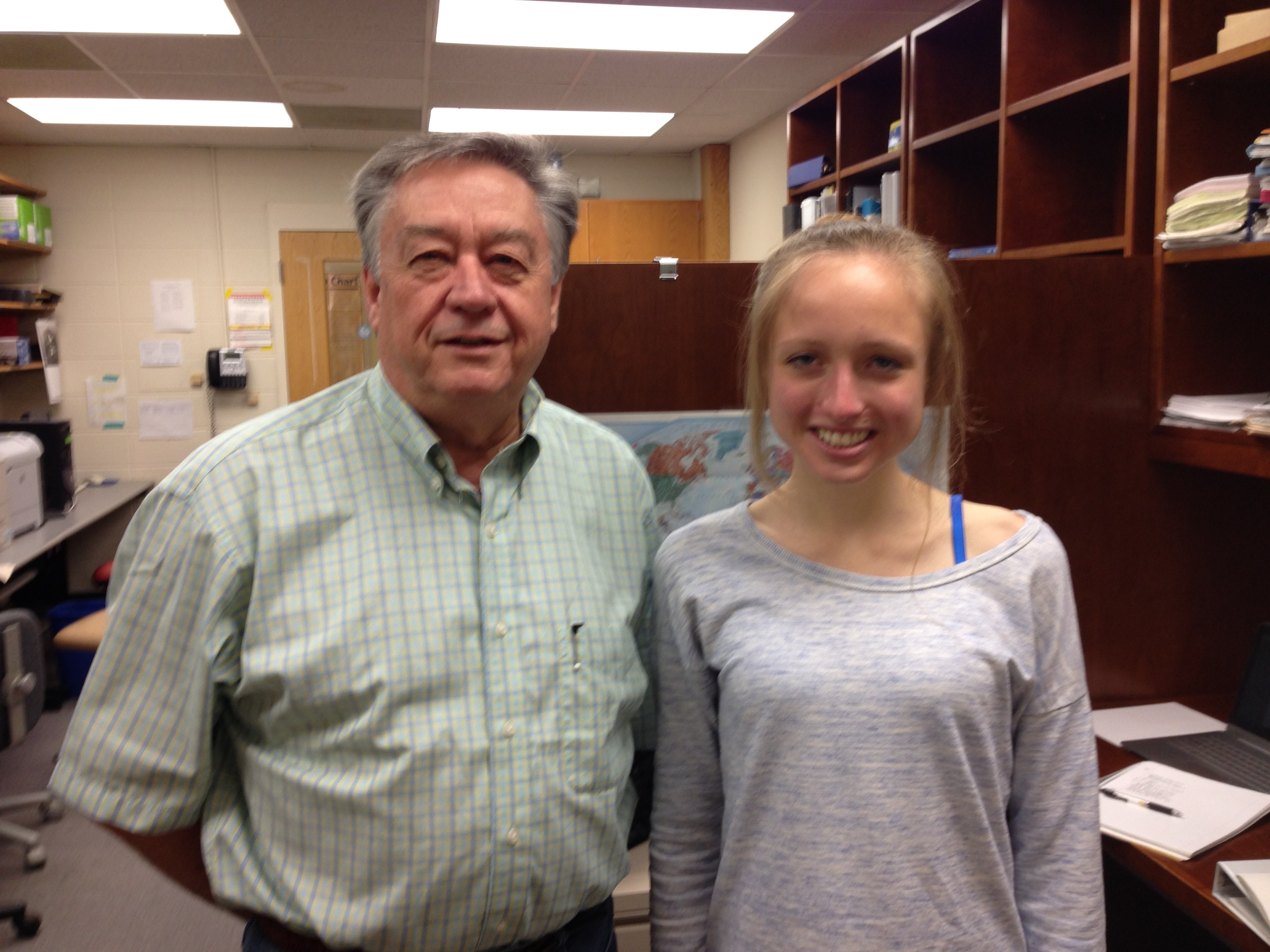July 24, 2014
By: Erin Brooks
"Find your calling," Dr. Lefkowitz advised us when he spoke to the Howard Hughes Research Fellows this past Tuesday morning. Whether its in music, math, or oceanography, find that calling and follow it. If a Nobel laureate ever gives you...
Read the full post »
July 19, 2014
By: Erin Brooks
So what happens if I continue on in research? How does that work? Listening to the weekly seminars given by Duke faculty has given me a better understanding of how the career of a scientist pans out. Through the seminars,...
Read the full post »
July 13, 2014
By: Erin Brooks
Full disclosure: no matter how hard you try, no matter how careful you are, things can, and most certainly will go wrong. I say this from first-hand experience. Allow me to explain. As I described in my previous post, I...
Read the full post »
July 6, 2014
By: Erin Brooks
While listening to my fellow peers give their chalk talks this week I was struck by how different everyone's research projects are from one another. Some people are working in Matlab, others are amputating fish fins or watching plant seeds...
Read the full post »
June 28, 2014
By: Erin Brooks
So what exactly is my typical day like? Well, I'd like to tell you that I arrive at the lab each morning with my entire day planned out. My imaginary self slips on her gloves and immediately gets to work...
Read the full post »
June 22, 2014
By: Erin Brooks
Cellular biologists are generally concerned with four major cellular processes: mitosis, apoptosis, DNA methylation, and DNA replication. The aim of my project is to design a tool to allow researchers to interrogate these four major cellular processes in a living...
Read the full post »
June 15, 2014
By: Erin Brooks
My primary mentor, Dr. Marc Caron, was out of town this past week, so I interviewed the lab PI, Dr. Larry Barak, instead. Dr. Barak has been working in the Caron lab for almost 23 years now. He majored in...
Read the full post »
June 8, 2014
By: Erin Brooks
"She may be wearing blue, but she's green," chuckled my primary mentor Dr. Marc Caron as he introduced me to the lab PI, Larry Barak, and my secondary mentor Joshua Snyder. Its true, I am...
Read the full post »

